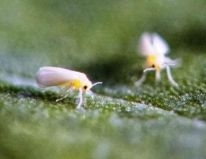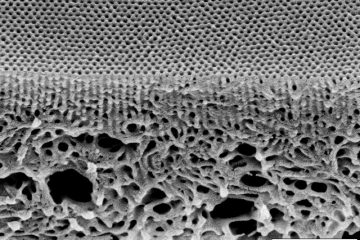Hepatic failure is a terminal picture of many liver diseases such as hepatic steatosis, liver cirrhosis and hepatocellular carcinoma, and is treated by liver transplantation, but a lack of donor organs is a worldwide problem. Thus, there is a demand for a means for safe and rapid liver regeneration for small grafts. One possibility would be the generation of a patient’s own liver tissue using isolated stem cells. The inventors found that mesenchymal stem cells can reprogrammed into hepatocytes by treatment with bile acids. Already after 7 days of treatment in serum-free medium, the resulting cell population showed markers characteristic for hepatic differentiation like albumin expression. Bile acids exert their function via the farnesoid X receptor and the G protein-coupled bile acid receptor 1 (TGR5). Cells obtained by the protocol may be used in a tissue replacement therapy.
Achieving economic and environmental viability of hydrogen production through water splitting especially using energy derived from green and sustainable sources is the hallmark of the hydrogen economy. In this invention non-precious metal containing catalysts replacing platinum group metal-based ones are introduced which is key to enable cost-effective water splitting and affordable fuel cells.
The conference at the Leibniz Institute of Agricultural Development in Transition Economies (IAMO) demonstrated the key role the bioeconomy will play in…

Scientists from BASF Crop Protection and the University of Göttingen in Germany have found a new insecticide target protein. The discovery marks the first…
The Snail/Gfi1 (SNAG) family of zinc finger proteins is a group of transcriptional repressors. Gfi1 is expressed in the hematopoietic and nervous system. Consequently, mutations of Gfi1 cause defects in hematopoiesis and inner ear development. In the Gfi1P2A/P2A mouse strain, a point mutation has been inserted in the SNAG domain that replaces a proline at amino acid position 2 by alanine (P2A). This completely abrogates the activity of Gfi1 as transcriptional repressor. Gfi1 and its paralogue Gfi1b have overlapping, however differential functions in hematopoiesis. Loss of Gfi1 in mice affects pre-T-cell differentiation, the development of neutrophil granulocytes and inner ear hair cells, whereas in contrast loss of Gfi1b impairs the development of erythroid cells and megacaryocytes. Therefore, Gfi1P2A/P2A mice can be used as a model to study and treat deafness as a consequence of defects of inner ear development as well as defects of hematopoiesis in immunological disorders.

Whether it’s water treatment or virus and protein separation, porous membranes are utilised in many different separation functions. What is particularly…